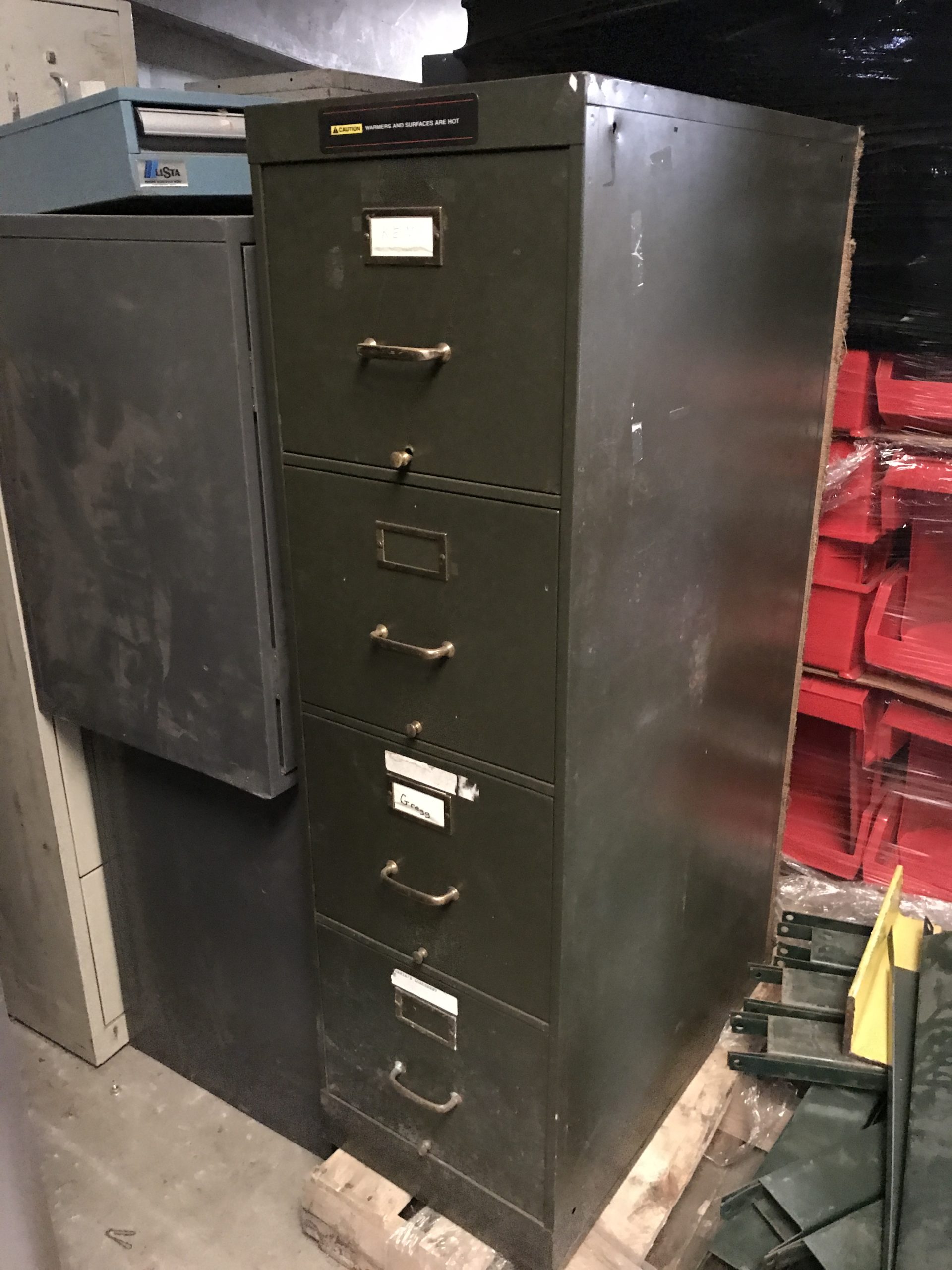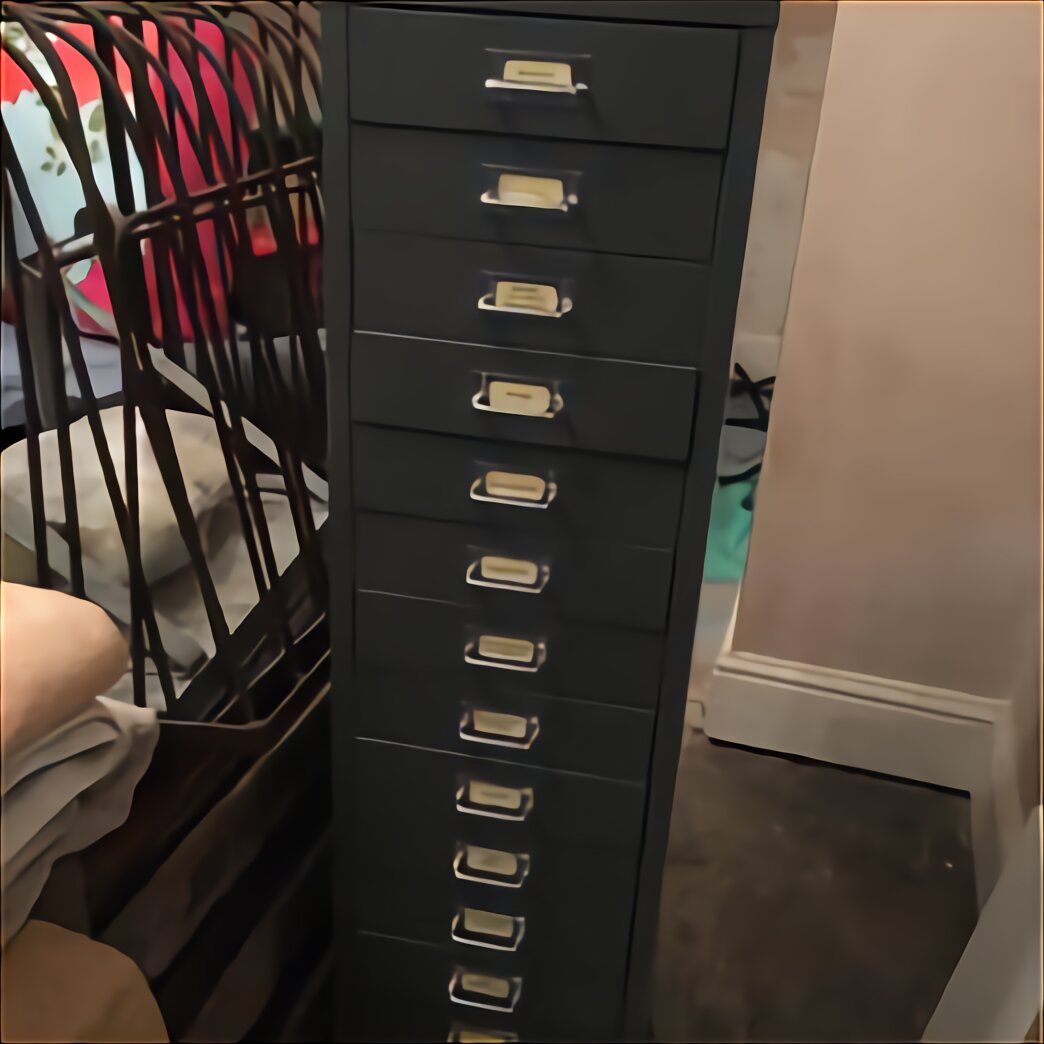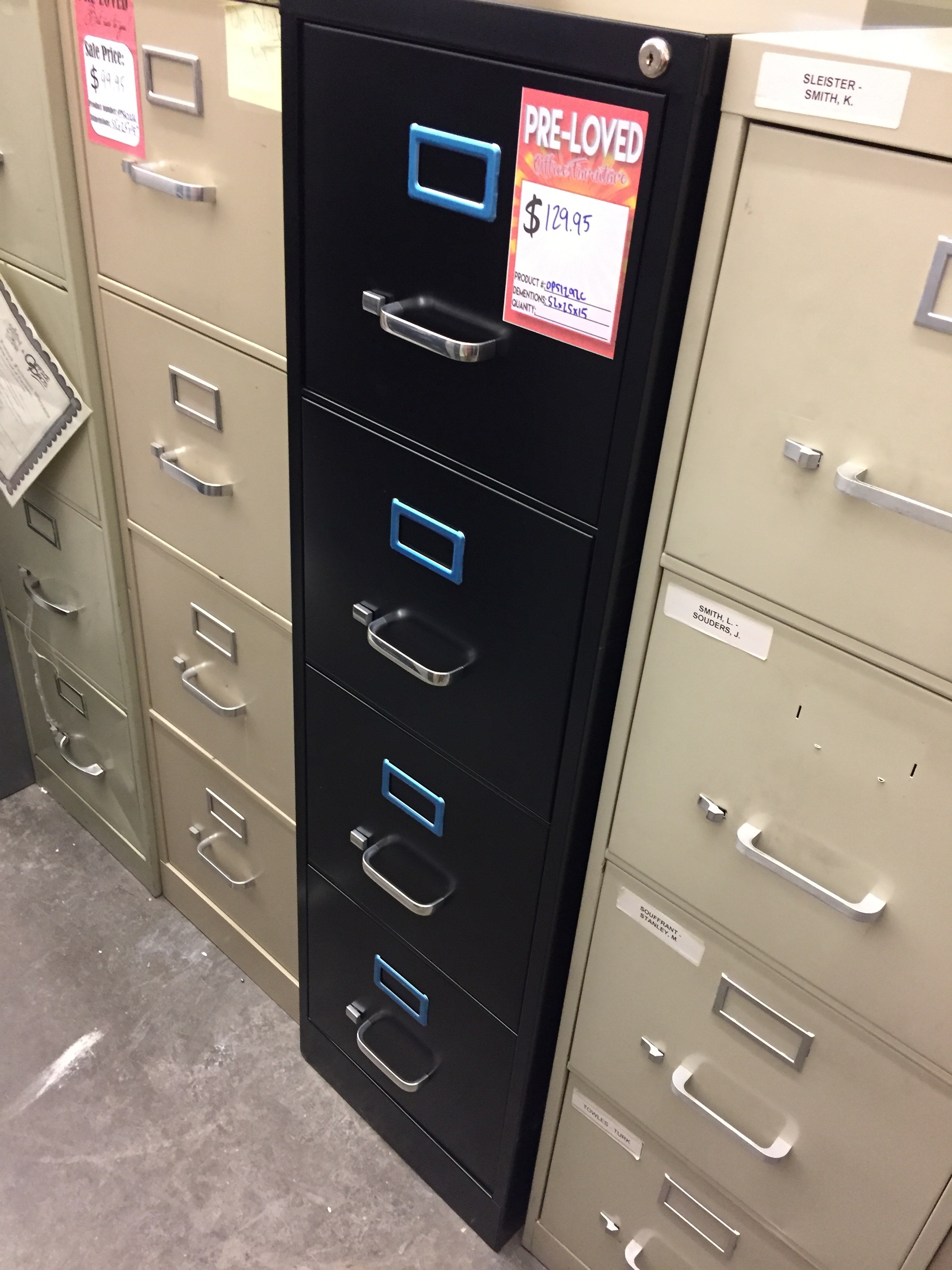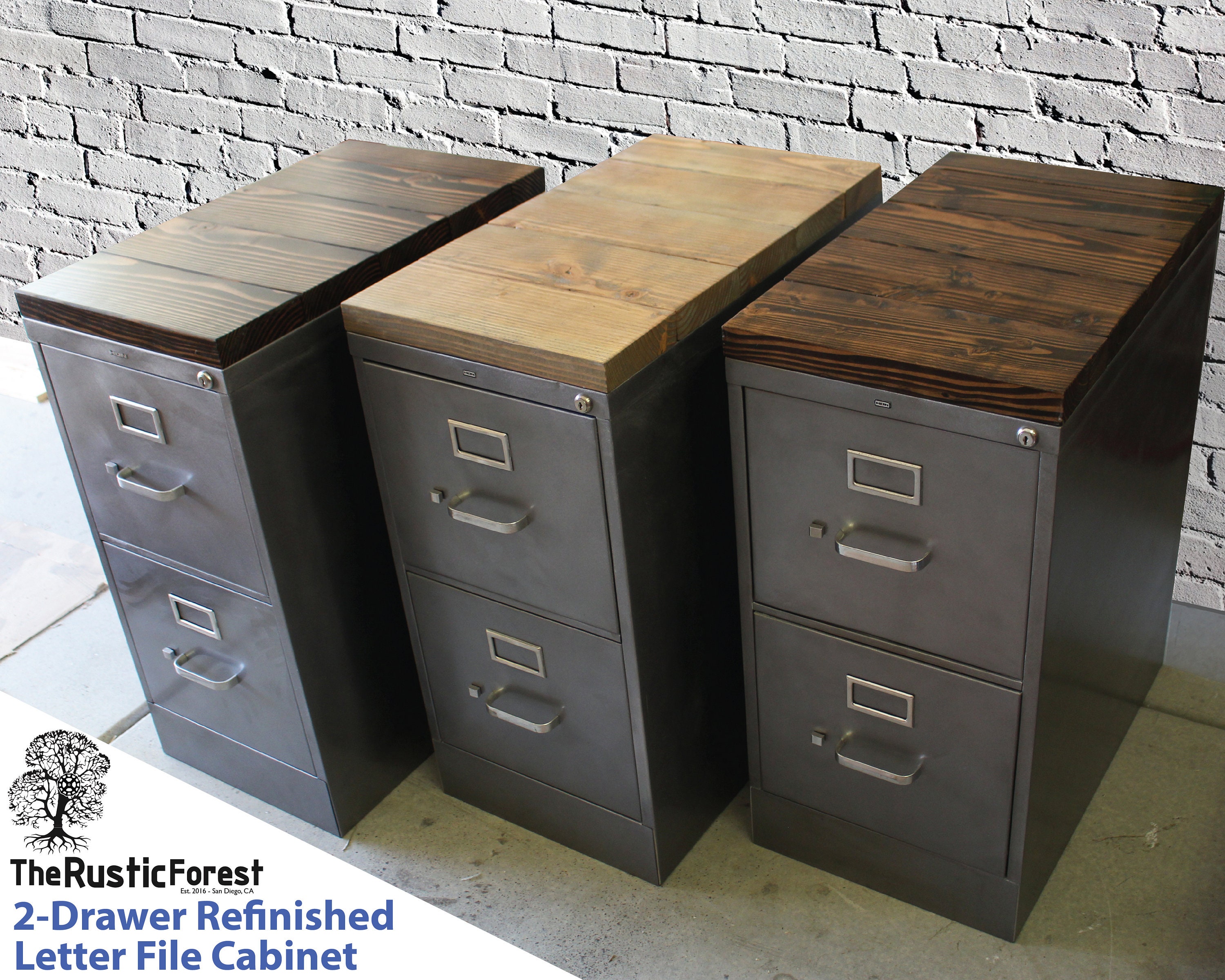Used Filing Cabinet For Sale – But in reality, even the most profound relationships can be commodified in some way. Moreover, buying second-hand items allows consumers to access unique and vintage products that may no longer be available in stores, offering a sense of individuality that is often missing from mass-produced, new items. For the seller, the goal is often to maximize the value of the business, which requires a clear understanding of the company’s assets, liabilities, and future earning potential. Whether it’s a high-end designer handbag, a gently used sofa, or a vintage record player, the price difference between a new and a second-hand item can be significant. Second-hand goods, especially those that are vintage or antique, often carry a sense of history and craftsmanship that can be missing from mass-produced products. The environmental benefits of buying second-hand goods go beyond just reducing the need for new production. With the rising costs of new products, especially in categories like electronics, clothing, and furniture, purchasing second-hand items can offer significant savings. It carries with it a deep sense of commodification — the idea that every part of our lives, every piece of our history, every corner of our existence, has a price attached to it. They walk into a space that holds the potential for their own memories to be created, for their own life to unfold. The sale and purchase of second-hand goods play a pivotal role in this transition, demonstrating how individuals can make a meaningful impact through everyday choices. The sale agreement will include details about the purchase price, payment terms, assets being transferred, and any contingencies that may apply. The concept of a circular economy, where products are reused and repurposed instead of discarded, is central to the appeal of second-hand goods. These goods, ranging from clothing to furniture, electronics to books, offer people the chance to find items they need or want at a fraction of the cost of new products. Online platforms such as eBay, Craigslist, and Facebook Marketplace have made it easier than ever for individuals to sell their unwanted items to a global audience. Websites like eBay, Craigslist, Facebook Marketplace, and Poshmark have made it easier than ever for individuals to sell their unwanted items and for buyers to find exactly what they are looking for. In conclusion, quality goods for sale represent the best that craftsmanship, design, and functionality have to offer. The dynamics of a sale can vary dramatically depending on the context. As more people embrace the idea that everything has value, second-hand goods will continue to be a central part of the way
Quality goods for sale have always held a special place in markets around the world, captivating consumers with their promise of durability, performance, and timeless appeal. The culture of buying second-hand goods is rapidly shifting in the modern world, particularly among younger generations. For instance, when someone is job hunting, it can feel like they’re placing themselves on the market, waiting for the right offer.

Used Filing Recycled Office Furnishings
Read ratings & reviewsdeals of the dayshop best sellersfast shipping

Used Haworth 950 Series 5 Drawer Lateral File for Sale Buy Now
Read ratings & reviewsdeals of the dayshop best sellersfast shipping

Used File Warehouse File Yankee Supply
Read ratings & reviewsdeals of the dayshop best sellersfast shipping

Bisley 10 Drawer Filing for sale in UK 41 used Bisley 10
Read ratings & reviewsdeals of the dayshop best sellersfast shipping

Used Four Drawer Black Metal Vertical Filing
Read ratings & reviewsdeals of the dayshop best sellersfast shipping

Used 4 Drawer Filing Absoe
Read ratings & reviewsdeals of the dayshop best sellersfast shipping

Steelcase Used 5 Drawer Letter Vertical File Putty National
Read ratings & reviewsdeals of the dayshop best sellersfast shipping

Used Filing Recycled Office Furnishings
Read ratings & reviewsdeals of the dayshop best sellersfast shipping

Metal Filing for sale 97 ads for used Metal Filing
Read ratings & reviewsdeals of the dayshop best sellersfast shipping

Buy Second Hand Filing City Used Office Furniture
Read ratings & reviewsdeals of the dayshop best sellersfast shipping
The artist who created it may have one understanding of its worth, while a collector may see it as a valuable investment, and a casual admirer might simply appreciate its beauty without considering its monetary value. But in reality, even the most profound relationships can be commodified in some way. In conclusion, the market for second-hand goods for sale is an ever-growing and dynamic space that offers numerous benefits to both buyers and sellers. These concepts, they say, are too sacred, too important to be reduced to mere transactions. As society has evolved, the scale of production has expanded, and many quality goods are now mass-produced or distributed through large retail chains. These goods, once owned and used by someone else, offer a unique opportunity for both sellers and buyers to exchange items that might otherwise go unused. Once an agreement is reached, the final step is the legal transfer of ownership. Similarly, during periods of economic growth, there may be a greater willingness to spend on luxury second-hand items, such as high-end fashion or collectible items. This stage can involve a variety of specialists, such as accountants, lawyers, and industry experts, who can provide a comprehensive evaluation of the business. Furniture is another category that lends itself well to the second-hand market. The “for sale” sign becomes a marker in time, a decision that has been made, signaling that it’s time to move on. Just as with material possessions, when a person is “for sale,” they put their value on display for others to assess. Whether it’s an item, a service, or even a person, the act of being “for sale” represents a moment of transition, a shift from one stage of life to another. For book lovers, buying second-hand books is an affordable way to build a library, and it can also be an opportunity to find rare or out-of-print titles that are no longer available in stores. For many people, there is something uniquely satisfying about sifting through racks of clothes, rummaging through bins of books, or browsing shelves of home goods in search of that perfect item. People can be bought and sold in the form of labor, for example, and loyalty can be traded for material gain. It’s about change, opportunity, and the negotiation of value. When someone buys a second-hand item, whether it’s a piece of furniture passed down through generations or a retro jacket from a bygone era, they are not just acquiring an object; they are connecting to a story, a memory, or a cultural moment. People are not just looking for things that work well; they want products that elevate their environment and their experiences. These platforms allow users to browse listings, communicate with sellers, and make purchases from the comfort of their own homes.
Are there things that should be kept beyond the realm of trade? Or has the marketplace — with its insatiable demand and promise of exchange — seeped into every facet of our being?
If everything is for sale, then the concept of value itself becomes fluid, subjective, and often manipulated. Selling such an item can be a difficult decision, yet it often represents the practical need to downsize or make space for something new. For many people, there is something uniquely satisfying about sifting through racks of clothes, rummaging through bins of books, or browsing shelves of home goods in search of that perfect item. For sellers, the challenge lies in pricing items fairly and accurately representing their condition. The practice of buying and selling second-hand items has been around for centuries, but in recent years, it has seen a resurgence. The ease and convenience of online sales have created a global marketplace where individuals can connect with buyers and sellers across the world. By purchasing second-hand goods, consumers help keep products circulating in the economy, giving them new life and purpose. For book lovers, buying second-hand books is an affordable way to build a library, and it can also be an opportunity to find rare or out-of-print titles that are no longer available in stores. In some cases, buyers may also acquire businesses with existing intellectual property, such as patents, trademarks, or proprietary technologies, which can offer a competitive edge in the market. This can manifest in the context of career, relationships, or personal goals. These platforms often provide tools that help streamline the due diligence process, including access to financial documents, business valuations, and other relevant data. In conclusion, second-hand goods for sale represent more than just a financial transaction; they embody a shift toward sustainability, individuality, and social responsibility. The buying and selling of companies, brands, and even entire industries can reshape economies, alter job markets, and redefine how goods and services are delivered. These generations are more aware of the environmental impact of fast fashion, disposable goods, and the need to adopt more sustainable practices. When someone talks about purchasing quality goods, they are likely thinking of items that have been designed to last, to provide a superior experience, and to offer a sense of value far beyond the initial cost. These goods, ranging from clothing to furniture, electronics to books, offer people the chance to find items they need or want at a fraction of the cost of new products. Even objects with little intrinsic value can be sold with great meaning. Whether it’s the affordability, the environmental impact, or the opportunity to find unique items, second-hand goods provide an alternative to traditional retail shopping that is both practical and sustainable. Whether through thrift stores, flea markets, online platforms, or garage sales, second-hand goods provide consumers with an opportunity to find items they might not otherwise be able to afford, while also contributing to a circular economy where products are reused and repurposed. Vintage items, antiques, and pre-loved goods often carry stories and histories that new products simply cannot replicate.